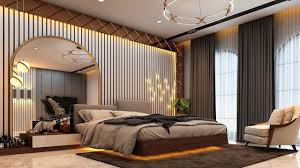#Bedroominterior
-
Bedroom interior designed
Designing a bedroom involves balancing aesthetics, comfort, and functionality. Here’s a detailed guide on how… Read More
Most Read
Author Details

Bebisha Wagle
Members of Kanta Dab Dab, a band specialising in fusion of local Nepali and Western music elements, talk about their…
Advertisement





